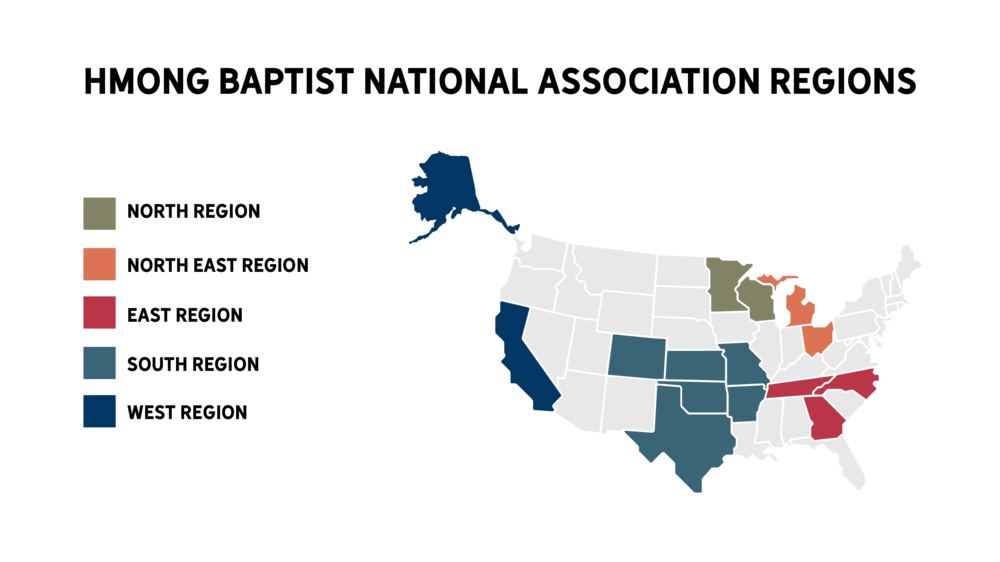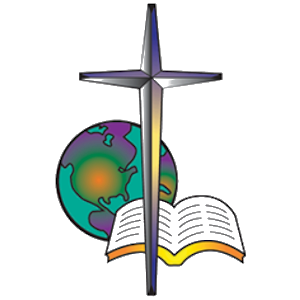Your cart is currently empty!
About Us

Mission
“To equip and empower churches and Christian leaders to effectively serve and to make a difference in the growing Body of Christ around the world until we all reach unity in the faith and in the knowledge of the Son of God and become mature, attaining to the whole measure of the fullness of Christ.” Ephesians 4:12-14
Purpose
- To interpret the vision of the Southern Baptist to the Hmong congregations in achieving the great commission of our Lord Jesus.
- To encourage the Hmong congregations to participate in the cooperative program of the Southern Baptist Convention and to know how Southern Baptists Work together.
- To produce materials into the Hmong language and culture, training the existing Hmong congregation in developing more Hmong leaders to the Ministry.
- To help contextualize and edit literatures of the Southern Baptist into the Hmong language.
- To plan and organize an annual conference consisting of fellowship, worship, and leadership training.
- To promote Bible Institutes to the second – generation believers and prepare them for entry into the ministry.
- To establish a resource center providing information for our members.
- To partner with other organizations in realizing and achieving our goals.
History
BACKGROUND OF THE HMONG PEOPLE
The Hmong is a Southeast Asian highland people predominantly hill farmers, raising livestock and cultivating rice and other grain for their needs. The Hmong traces their ancestry back to China and claim China to be their native homeland. They are relatively new arrivals on the SE Asian peninsula, many moving south in order to avoid harassment by Chinese emperors.
Today, there are more than nine million Hmong people living in China ( Ghizou, Yunnan, Hunan). They are also in Laos, Thailand, Vietnam, and Burma. Animism is the basis of belief for most Hmong people, including the practice of ancestral worship and shamanism. These beliefs and practices of the Hmong are more than just believing but rather a way of life and foundation for their existence. Although traditional beliefs remain important, many have taken Christianity as a new system of belief.
The name Hmong means “free people. “Other names that refer to the Hmong such as Meo or Miao, are considered derogatory. The Hmong people are noted for their elaborate silver jewelry and distinctive costumes which represent the clan and region they are from. A major event where these things are most noticeable is during the New Year celebration.
SETTLEMENT THROUGHOUT THE WORLD
An amendment passed in 1976, by the American Government made it possible for many Hmong people to come to the United States as refugees. Granted the right as legal aliens and the chance to become American citizens, many made their new home in the US. Some also made their way to different countries in the world that include Australia, Canada, France, Germany, French Guiana, and Argentina.
SETTLEMENT IN THE UNITED STATES
There are more than 300 thousand Hmong people living in the United States today. The three states that have the most number of Hmong people are listed in descending order California, Wisconsin, and Minnesota. Life in the United States marks a new horizon and opens a better way life, but many will a carry with them a silent pain of those loved ones left behind and lost to the war for generation to come.
Today, 5 percent of the Hmong population has been reached by the Gospel of Jesus Christ in the United States. Not only is there chance for a new life in a different country, but through Jesus Christ there is everlasting life in God’s kingdom. At the start of 1975, the Southern Baptist and other Christian denominations began to sponsor Hmong refugees coming to the United States. This eventually led to many Hmong people coming to know Jesus and the start of Hmong churches throughout the United States.
HMONG BELIEVERS IN THE SOUTHERN BAPTIST CONVENTION
The influence and leadership of the Southern Baptist have been the reason for the many Hmong people who have given their lives to Jesus Christ and the start of Hmong speaking churches across the United States. Among those leaders, Rev. Joshua Vang was the first Hmong leader appointed by the Home Mission Board as Ethnic Missionary for the Indochina refugees in the U.S.A. He was the one who coordinated the joining of Lao and Hmong with the Southern Baptist in 1976.
ESTABLISHMENT OF THE HMONG BAPTIST NATIONAL ASSOCIATION
1982 marked a new beginning for Hmong Southern Baptist Churches in the United States. Many churches were established and many others planted through the help of the Southern Baptist and their leadership. With this transition in progress many churches were facing difficulties such as a language barrier, lack of printed material, and finding a place to worship. In 1991, leaders from each Hmong Baptist church came together in Kansas City, Kansas to discuss and organize an office that would act as coordinator office for all the churches. The Hmong Baptist Fellowship came into existence through the people’s recognition for guidance and leadership. Pastor Tong Zong Vang was elected as the first executive director of Hmong Baptist National Association which is located in St. Paul, Minnesota.
